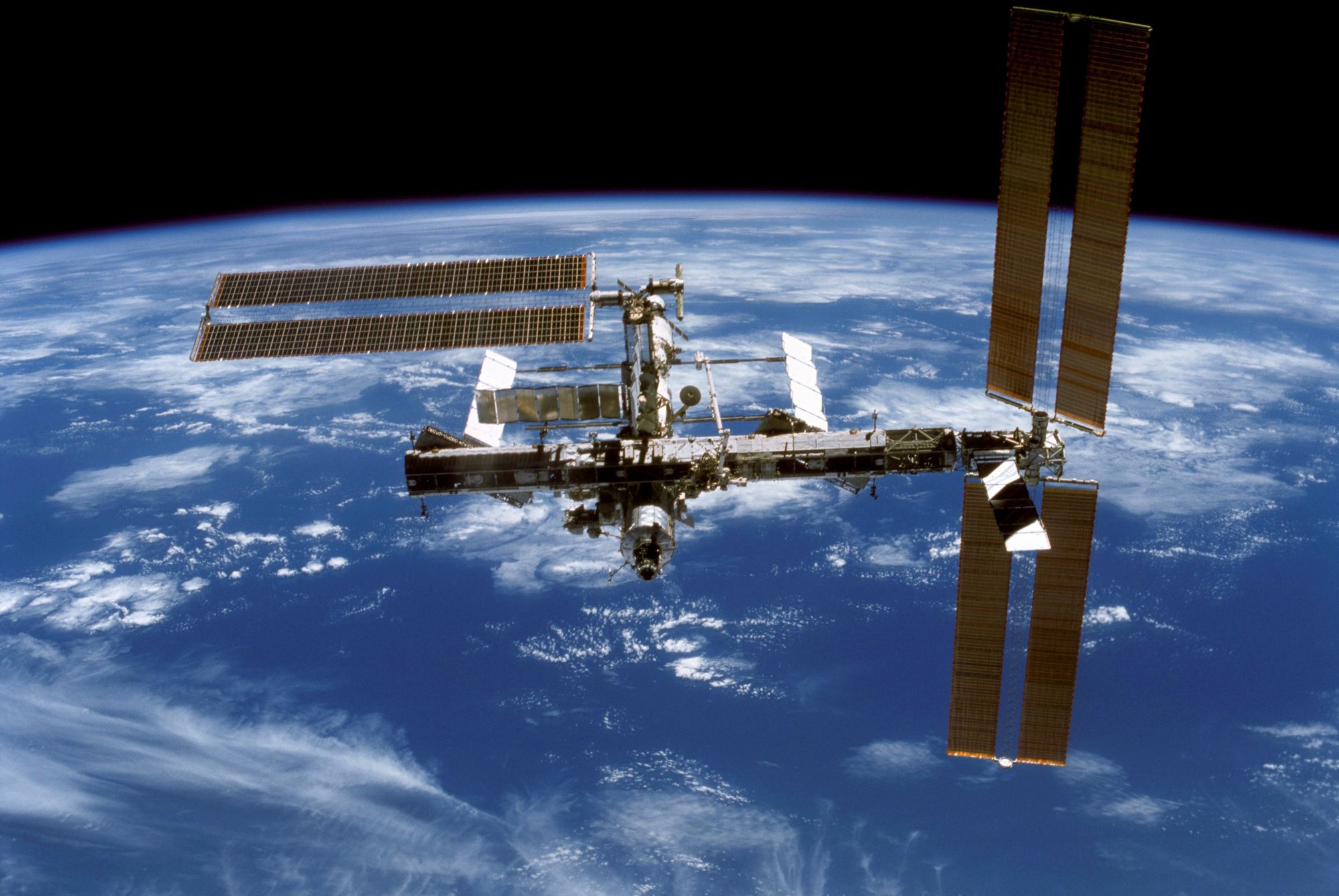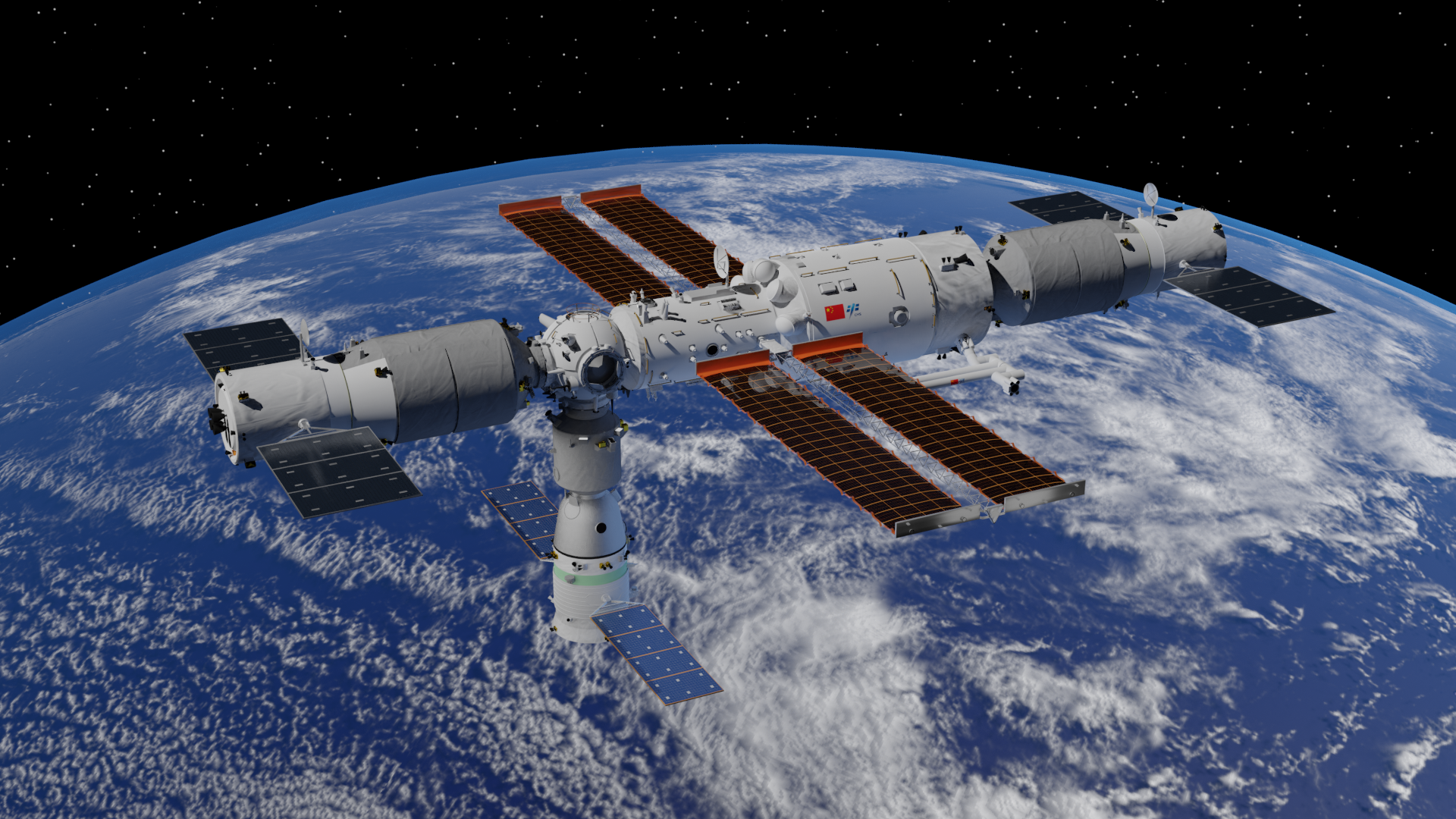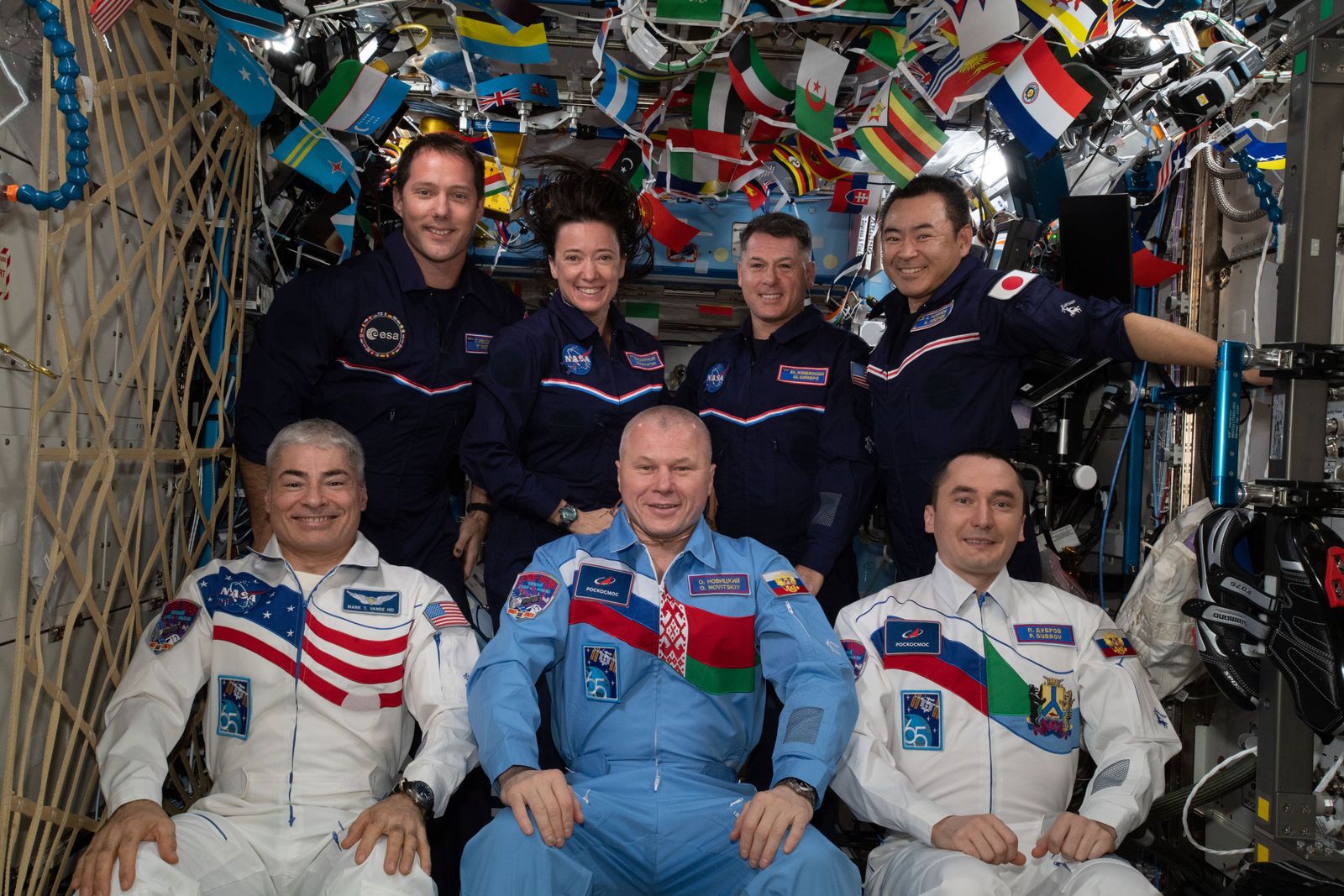In the realm of space, the race to the most advanced technology is a fierce one. Countries across the world compete to employ the best and brightest scientists to work on projects like anti-satellite weapons (ASATs), launchers, and probes, which are crucial to achieving military, economic, and scientific dominance in space. However, the interests of scientific researchers, the creators of these technologies, and national governments, the users of these technologies, aren’t always aligned: the scientific community benefits greatly from open collaboration with international colleagues, while governments would prefer to keep new developments guarded. With that in mind, how might states best balance national security interests with constructive (and necessary) scientific collaboration?
The Origins of Conflict
Competition in space can be traced back to the Cold War, when the Soviet Union and the United States competed for primacy in space military and transportation technology. Both were careful to keep their research classified, though they also frequently attempted to collect intelligence on the other’s progress. After the launch of Sputnik in 1957, the American Central Intelligence Agency (CIA), concerned about the Soviet Union’s apparent advantage over the United States, gathered photographic satellite images of Soviet launch sites and monitored Soviet ASAT capabilities. The Soviet Union recruited spies within scientific research corporations and institutions to gather intelligence on US innovation, such as the United States’ secret solid rocket fuel program. Although the Cold War’s Space Race concluded decades ago, similar themes of a technology “arms race,” secrecy in research and development, and espionage in academia persist among spacefaring superpowers today. Space agencies in the European Union, India, Japan, and China have made rapid advances in space defense and exploration, each with interests in gaining technological supremacy to best take advantage of resources in space, deter enemies, and promote domestic research while preventing other countries from imitating their innovations.
At the same time, a growing number of researchers in physics, engineering, and related fields are collaborating with international colleagues. In a survey conducted between 2013 and 2015 in the United States, the United Kingdom, India, Italy, Taiwan, Hong Kong, Turkey, and France, a large majority of physicists and biologists reported that they “believed international collaboration was important.” In 2020, among the top 15 producers of scientific publications, the majority of science and engineering publications were a product of international collaboration. A 2017 paper studied the relationship between the openness of a country to collaboration, determined by measures of international co-authorships and research workforce mobility, and the impact of the research from the country, measured by citations. The researchers concluded that more “open” countries tended to have greater impact in science globally. In addition, more students and researchers are migrating away from their home countries to work in foreign institutions and companies. Between 2010 and 2019, the percentage of foreign-born workers in STEM industries in the US increased from 17 percent to 19 percent, forming a significant portion of the US STEM workforce. Thus, scientific research has evolved into a more international effort, even as competition for space dominance has incentivized governments to silo their academic spheres from foreign interference and influence. As the interests of government and researchers diverge, different actors in the space arena have taken different approaches to balance these interests.
When Collaboration Overcomes Competition
One of the most successful feats of international space cooperation is the International Space Station (ISS), a result of collaboration between the United States, Russia, the European Space Agency (ESA), Japan, and Canada, only a few decades after the US-Soviet Space Race. This international partnership continues to this day, with a variety of member states contributing vehicles, equipment, and personnel. The example of the ISS proves that past enmity can be put aside for the good of collaborating nations, and even as present relations with Russia are strained, cooperation on the ISS has persisted. However, the future of cooperation is not so clear, since recent remarks from the director of Roscosmos have hinted at the possibility of Russia exiting the ISS collaboration in response to US sanctions. Another caveat to this picture of global cooperation is the exclusion of China, particularly important in the context of US-China competition in space.

Another collaboration between major space agencies is between ESA and China. In the early 2000s, ESA and China launched complementary satellites, China’s Double Star satellites and ESA’s Cluster satellites, to study the Earth’s magnetic field. Around the same time, ESA and the Chinese Ministry of Science and Technology (MOST) initiated the Dragon Program, which established Chinese-European research groups to analyze observations of Earth’s surface and atmosphere taken by Chinese and European satellites. Results are discussed openly between the two organizations at periodic symposia, and many papers from this collaboration are published with international coauthors.
When Competition Overcomes Collaboration
Though there have been many successful instances of collaboration between allied countries as well as unexpected pairings, scientists report that barriers to international collaboration still exist, especially between countries that are competing in political and economic arenas, most notably the United States and China. Some case studies provide some of the most prominent examples of policies against international research collaboration in the space sphere.
The Wolf Amendment
One example is the Wolf Amendment in the United States, which prevents the National Aeronautics and Space Administration (NASA) and the Office of Science and Technology Policy (OSTP) from using government funds to pursue bilateral projects with China without prior approval from the Federal Bureau of Investigation (FBI) and the US Congress. The sponsor of this amendment, Representative Frank Wolf, intended for this policy to thwart Chinese espionage and cyber-attacks on US scientific research, as well as to put pressure on China for human rights issues. While this amendment is not a complete ban against US-China bilateral cooperation, the bureaucratic red tape halts most bilateral proposals. However, a former NASA administrator stated that the Wolf Amendment did not stop NASA from effectively collaborating with China through multilateral projects, though its additional clause on limiting Chinese participation in NASA conferences did prevent many Chinese researchers from attending those conferences. In 2013, a NASA conference for the Kepler space telescope program was boycotted by US scientists when NASA officials rejected applications from Chinese nationals to attend the conference. Many scientists viewed this application of the Wolf Amendment as unnecessarily restrictive.
An additional consequence of the Wolf Amendment is the exclusion of China from the International Space Station: no Chinese astronauts have ever visited the ISS. In response, China has developed and is in the process of launching its own space station, Tiangong. In 2017, ESA astronauts trained with Chinese astronauts, setting a tentative foundation for ESA astronauts to visit and work on Tiangong in the future. Roscosmos has also expressed interest in sending Russian cosmonauts to this new space station, as well as collaborating on designing and launching a space station orbiting the Moon. However, since NASA is effectively barred from directly collaborating with the Chinese space program, the United States will be unable to provide components and equipment or send US astronauts to Tiangong. Since the ISS is set to be decommissioned in the next 10 years, the Chinese space station may thereafter become the sole space station orbiting the Earth. Thus, from these accounts, the Wolf Amendment appears to have significantly influenced multilateral collaboration with China on a large scale, as well as created barriers for individual Chinese scientists collaborating with US researchers.

International Traffic in Arms Regulations
Another policy that restricts sharing of research between American scientists and the rest of the world is the International Traffic in Arms Regulations (ITAR). ITAR forms an umbrella of export regulations on defense articles that could possibly give the United States a “critical military or intelligence advantage”, including items such as firearms, missiles, and spacecraft systems. The ITAR does have a clause for “fundamental research exemptions,” which allows defense exports when they support the research of an accredited US university that would ordinarily be published freely. However, in a 2013 survey, several US physicists and biologists specifically named ITAR as a barrier to international cooperation. One reason that ITAR was cited as an obstacle is a perceived ambiguity surrounding which projects are subject to ITAR, compelling space researchers to “think twice about engaging in international collaboration and hiring foreign students for projects that might be ITAR-controlled.” In 2013, President Obama signed legislation that removed space satellites and components from the ITAR list, allowing US space satellite technology to be more easily shared with Europe, Japan, and Russia, but still prohibits sharing with China, North Korea, and a few other non-allied countries.
While the Wolf Amendment and ITAR are policies that explicitly prohibit sharing of US technology, other barriers to researchers are less explicit. One of the top barriers to research is a lack of funding. While the United States leads the world in total research and development funding, many of those funds are only available for domestic researchers. For example, in 2021, the United States’ National Institute of Health (NIH) received an annual budget of slightly over US$40 billion, but the international branch of the NIH only received US$84 million, just 0.2 percent of the domestic budget. In comparison, the EU’s research policies and funding framework, at both national and EU-wide levels, strongly encourages collaboration with foreign researchers. While it is unclear whether funding incentives allow for more productive international collaboration, it does seem to enable scientists to develop new collaborative initiatives that otherwise may not have been possible.
Finding a Balance
Governments seek to shield domestic innovations from foreign actors in order to secure the nation’s interests in space. However, policies intended to safeguard domestic space technology may not necessarily ensure that those technologies will maintain supremacy over international technological development. The exclusion of China from space projects is a prime example; scientists facing restrictions often feel disconnected from their international counterparts and thus from international innovation, which may disadvantage them in terms of research capacity and personal career development. Ultimately, national policies on research may need to undergo a reevaluation of priorities: promote international collaboration or guard intellectual property at all costs?
Cover Photo: The Expedition 65 crew aboard the International Space Station, featuring members from the United States, Russia, France, and Japan. NASA, Public domain, via Wikimedia Commons.





